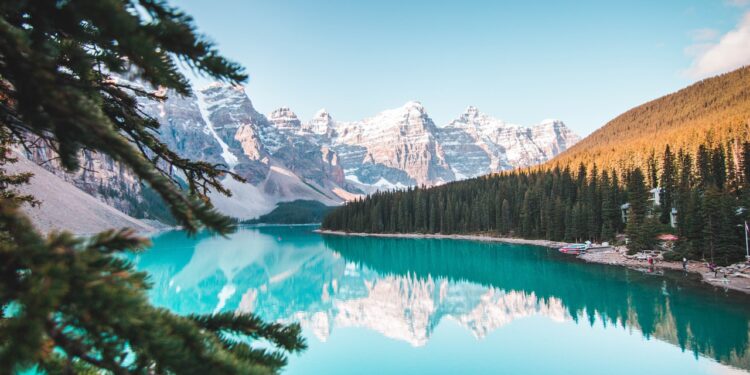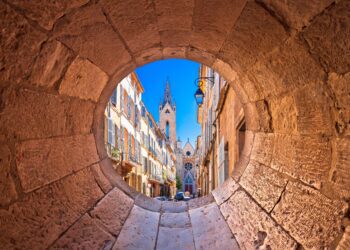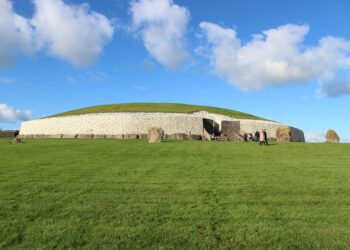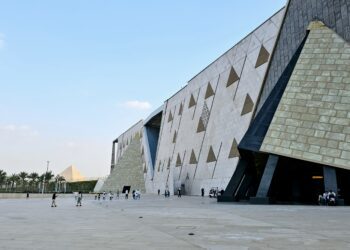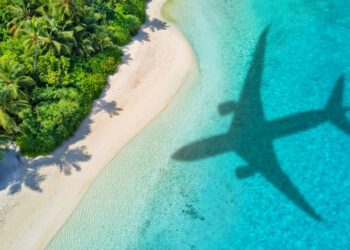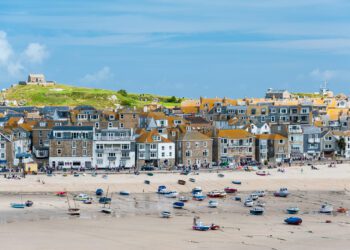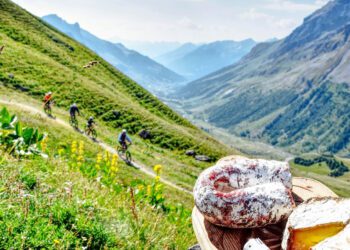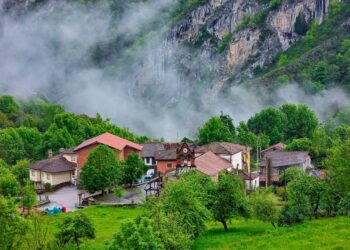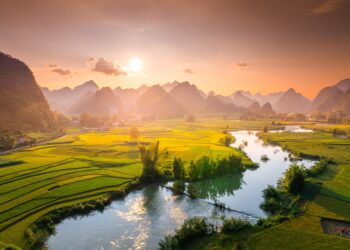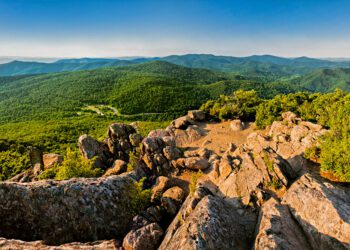For half the year, visitors to the 1,530-foot peak of Cadillac Mountain in Maine’s Acadia National Park — the tallest within 25 miles of the entire U.S. East Coast — are the first in the country to see daylight, watching as the sun’s rays gradually illuminate Frenchman Bay and its many islands in brilliant blues and purples.
That is, if they can find a parking space.
Until recently, it wasn’t unusual to see 500 cars vie for 150 spaces, according to park superintendent Kevin Schneider.
Park officials implemented a reservation system this year to cut congestion. Reservations cost $6 per vehicle and must be bought online in advance.
Elsewhere — Yosemite, Glacier, Haleakalā and Rocky Mountain National Parks, as well as the Muir Woods National Monument — are also using advance reservations to access the whole park or popular attractions. Zion National Park in Utah is weighing the same next year for its Angels Landing hike, which sometimes sees visitors wait hours to access the trailhead.
Other heavily trafficked parks will likely take similar measures in coming years if visitor trends continue, according to officials and travel experts.
Travelers may have difficulty claiming one of the limited spots ahead of time, or are turned away if unaware of the requirement before arrival.
“They’ve traveled thousands of miles, made tens of thousands of dollars in hotel and airfare and rental car reservations, only to see their vacation ruined because they can’t get that $2 ticket to see Glacier National Park,” Kevin Gartland, executive director of the Chamber of Commerce in Whitefish, Montana, said at a recent Senate hearing on park overcrowding.
Eager to travel and get outdoors after months of confinement, Americans have traveled to some parks in record numbers this year. Vacationers may also still be wary of traveling to destinations outside U.S. borders, or may not be able to due to local restrictions.
July was Yellowstone’s busiest month in park history — monthly visitors had never exceeded 1 million to the first U.S. national park, which has the highest concentration of thermal features like geysers, hot springs, mudpots and steam vents in the world.
“Increases to Yellowstone’s visitation have accelerated rapidly over the past 12 months and we continue to be on pace to set record numbers for 2021,” according to park superintendent Cam Sholly.
Nearby Grand Teton National Park had its busiest-ever June, with a 20% increase in visitors over 2019. Visits to Zion are up 18% in 2021 through July relative to 2019, according to federal data.
Likewise in Great Smoky Mountains National Park, the most trafficked in the system, where tourism is up over 7% this year versus 2019.
There’s a “tension and a paradox” in this dynamic, according to Sen. Angus King, I-Maine, who chairs the Senate Subcommittee on National Parks.
On one hand, it’s good that Americans are visiting public lands in record numbers. But overcrowding has led to more litter, vandalism and traffic — stressing the park’s natural resources and wildlife and negatively impacting visitor experiences.
“We can accidentally love our parks to death,” King said at a Senate hearing in July.

